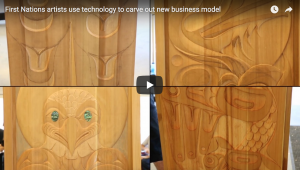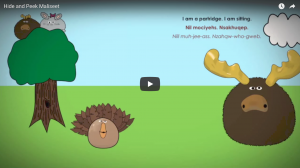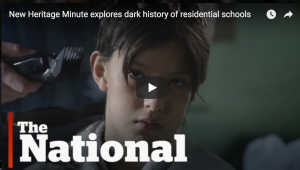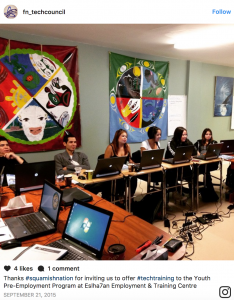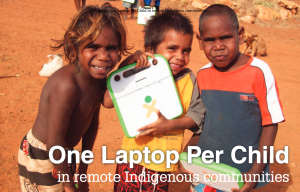Adrian Duke, who is originally from the Muscowpetung First Nation in southeast Saskatchewan, launched an app earlier this year. Named for a traditional form of housing called a “wikiup”, it allows the public to submit stories about certain places using functions similar to Google Maps and Wikipedia. This type of advancing technology has provided new ways to preserve Indigenous history.
For the most part, Aboriginal culture is a largely oral culture and so, as elders are getting older and passing on, this app will allow communities to preserve their languages that they might otherwise have lost. In addition, it also seems like it could be an opportunity to engage youth and get them connected with their elders, to learn these stories to help pass them on and preserve all of the traditions. The app allows users to find information, audio clips, videos and pictures about a certain location by selecting it from a map, similar to a Google map. They can also use an augmented-reality tool, with functions similar to Pokemon Go, to explore the world through the app.
Wikiupedia is still in the testing or “beta” phase, during which Duke hopes to collect 600 stories. The current version of the app includes historical information about the site of the Skwachàys Aboriginal Hotel & Gallery in Vancouver, where Duke is now based. The project is currently taking registrations for “story catchers” and “cultural guides”, who will submit stories and fact-check information from the public.
